Editor’s Note: For more great photography of urbanism, follow The Urbanist and Stephen on Instagram.
In a recent trip, I traveled south to California for a weekend getaway with friends. We spent our time evenly between the bustling and romantic seaside cities of the Central Coast and the majestic hinterlands and rustic towns beyond. We also rounded out our excursion with a short jaunt to the Bay Area. This wasn’t my first time in the state, and by no means will it be my last. Whenever I go places, I seek out the very best of what they offer: urbanism in all its forms. And in this last trip, I was struck by one bit of California urbanism: spaces for people. It was everywhere; this wasn’t just an isolated observation. Every city and town worth its salt had spaces built for people: promenades, plazas, and piers.
There’s a certain narrative out there that says Californians are completely obsessed with driving and highway culture. Common stereotypes suggest that it is a place of lavish automobiles, endless traffic, and infamous spaghetti freeways crisscrossing entire metropolitan areas. We’re told that the car reigns king, and that places like Los Angeles are nothing more than mere storage places for these mechanized behemoths. But that’s just a overstated misconception borne by mainstream media. Get on the ground, in the cities, and you’ll see that California puts people first. From my experiences, Californians cherish spaces where they can walk and bike, eat and drink, sit and talk, shop and even recreate. And, to add credence to this thesis, I want to share some images that express this kind of Californian urbanism best.
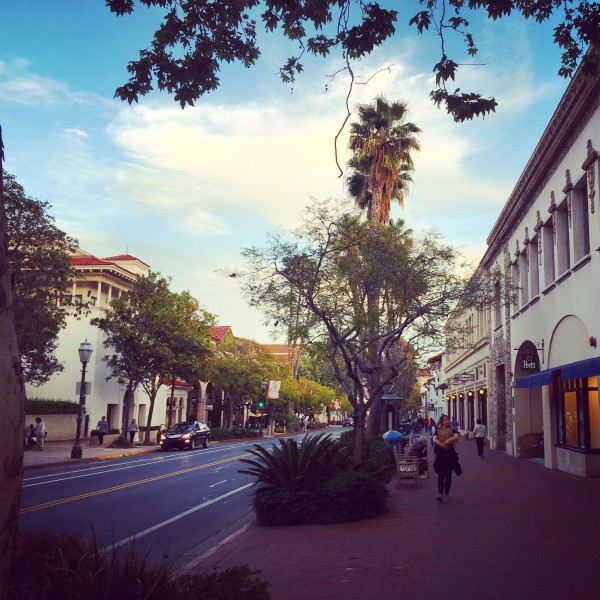
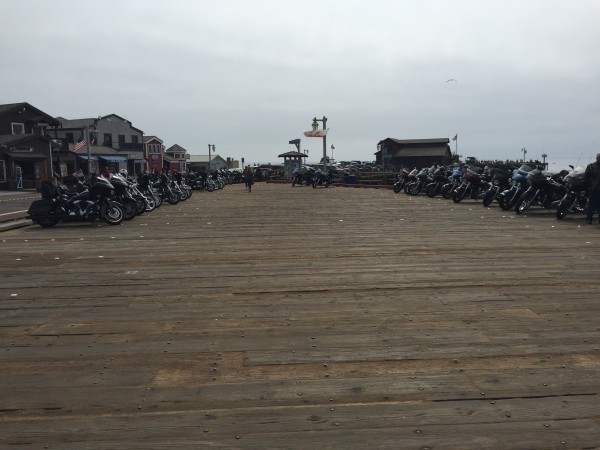
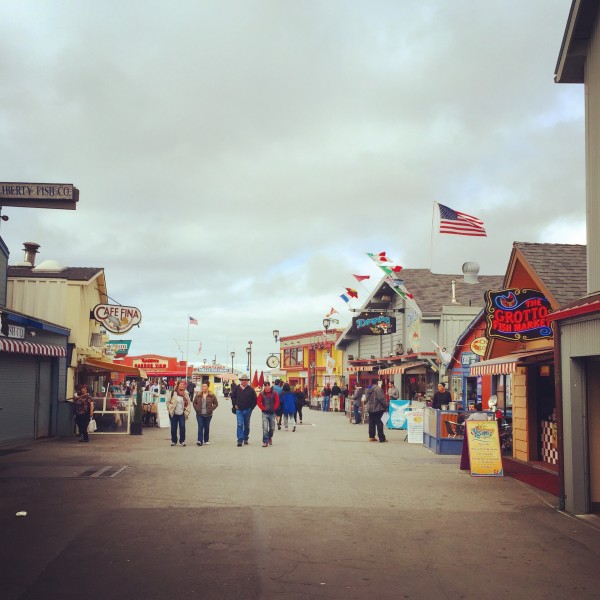

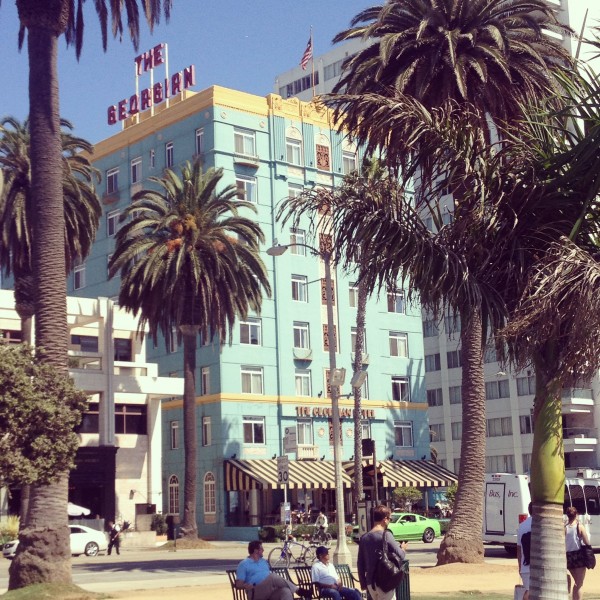
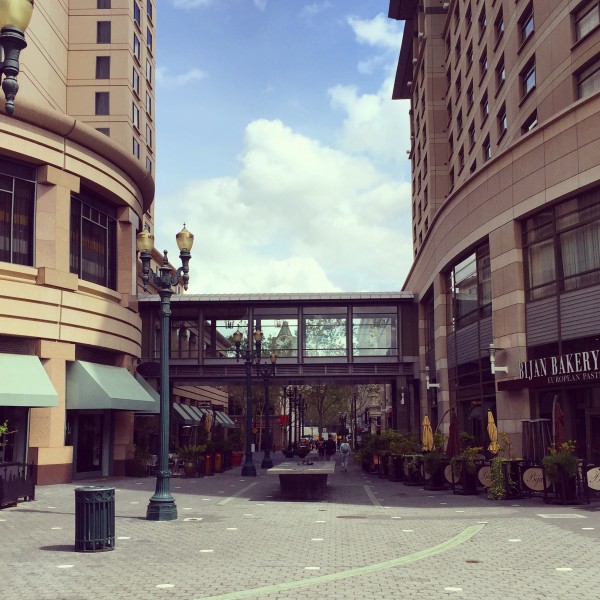

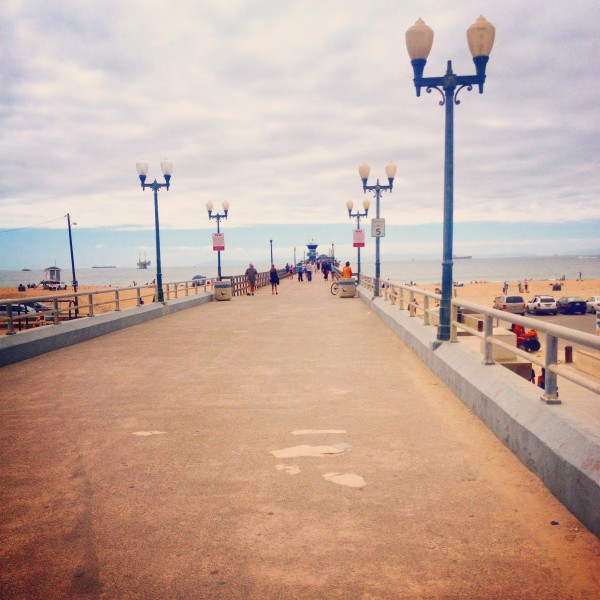
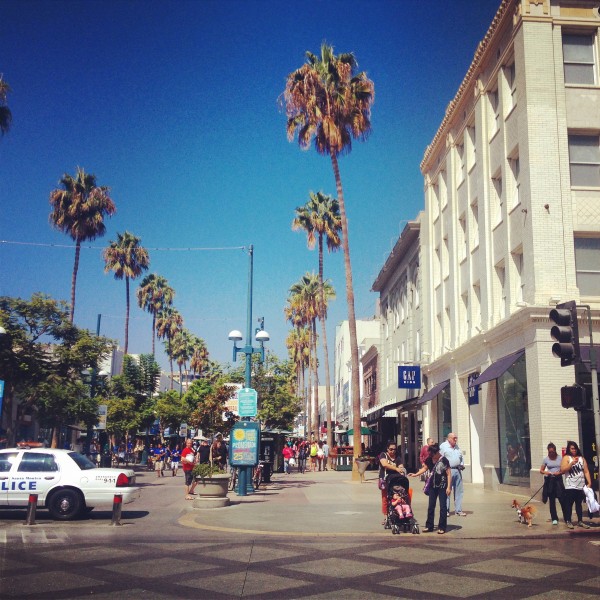
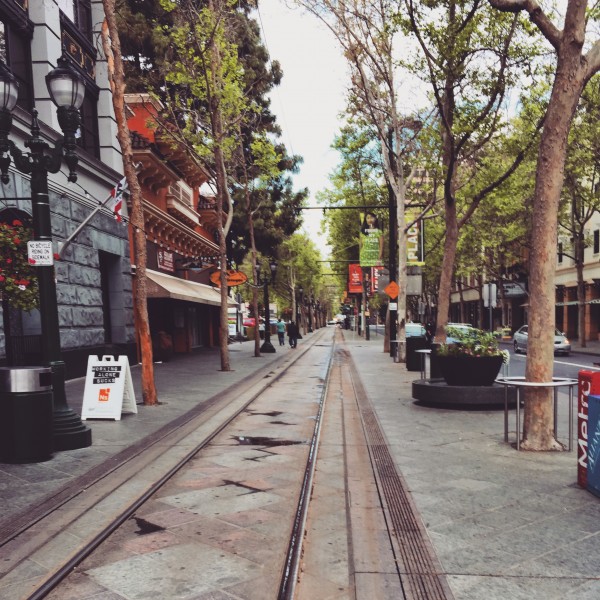
Stephen is a professional urban planner in Puget Sound with a passion for sustainable, livable, and diverse cities. He is especially interested in how policies, regulations, and programs can promote positive outcomes for communities. With stints in great cities like Bellingham and Cork, Stephen currently lives in Seattle. He primarily covers land use and transportation issues and has been with The Urbanist since 2014.


